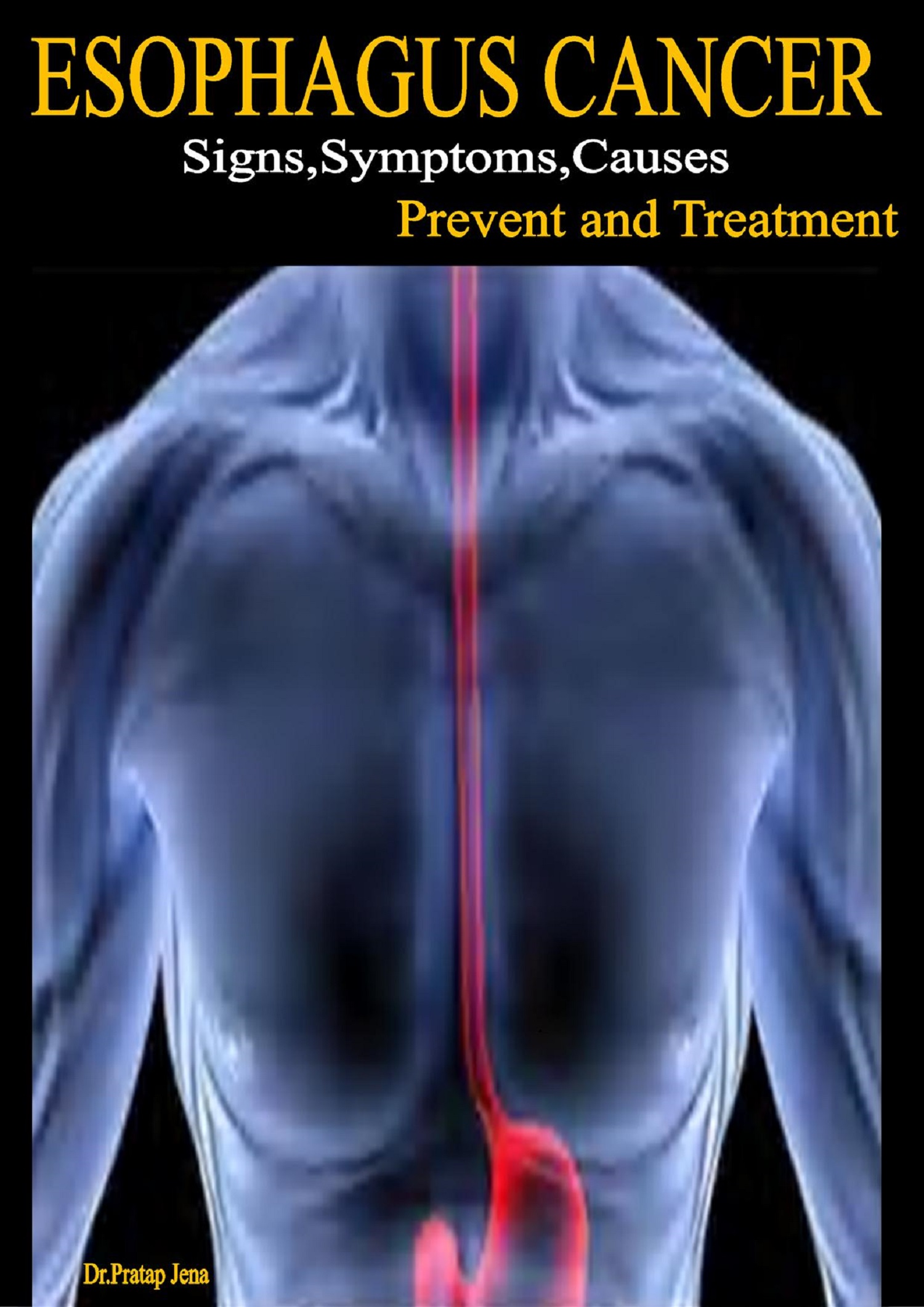
Esophagus Cancer Signs , Symptoms, Causes , Prevent and Treatment
On Sale
$3.00
$3.00
The esophagus is a hollow solid tube that's in charge of moving food from the esophagus to the stomach. Esophageal cancer can happen when a malignant tumor shapes in the covering of the esophagus.
As the tumor develops, it can affect the profound tissues and muscle of the esophagus. A tumor can appear anyplace along the length of the esophagus, including where the esophagus and the stomach meet.
There are two common types of esophageal cancer:
Squamous cell carcinoma happens when cancer starts in the flat, thin cells that make up the covering of the esophagus. This structure most often appears in the top or center of the esophagus, but it can appear anyplace.
Adenocarcinoma happens when cancer starts in the glandular cells of the esophagus that are in charge of the production of liquids, for example, bodily fluid.
Amid the early stages of esophageal cancer, you most likely won't experience any symptoms. As your cancer advances, you may experience:
unintentional weight loss
indigestion
heartburn
pain or difficulty when swallowing
frequent gagging while eating
vomiting
food returning up the esophagus
chest pain
fatigue
chronic cough
hiccups
Likewise with most cancers, the cause of esophageal cancer isn't yet known. It's accepted to be related to abnormalities (mutations) in the DNA of the cells related to the esophagus. These mutations signal the cells to multiply more quickly than typical cells.
These mutations additionally disrupt the sign for these cells to bite the dust when they should. This causes them to accumulate and move toward becoming tumors.
The throat is a strong tube estimating 20-25 cm (8-10 in) long and 2-3 cm (0.75-1.25 in) wide that fills in as a channel for moving nourishment and drink from the mouth to the stomach.
Esophageal cancers might be for the most part named "throat cancer" or all the more particularly named in connection to their area and sort, for example, "gastroesophageal intersection adenocarcinoma"
•Squamous cell carcinoma emerges from the surface (epithelial) cells that line the throat.
•Although tumors can emerge anyplace in the throat, adenocarcinoma emerge all the more every now and again in the lower divide while squamous cell carcinoma emerges all the more much of the time in the upper part of the throat.
•Other tumors composes are once in a while observed (lymphoma, melanoma, or sarcoma).
As the tumor develops, it can affect the profound tissues and muscle of the esophagus. A tumor can appear anyplace along the length of the esophagus, including where the esophagus and the stomach meet.
There are two common types of esophageal cancer:
Squamous cell carcinoma happens when cancer starts in the flat, thin cells that make up the covering of the esophagus. This structure most often appears in the top or center of the esophagus, but it can appear anyplace.
Adenocarcinoma happens when cancer starts in the glandular cells of the esophagus that are in charge of the production of liquids, for example, bodily fluid.
Amid the early stages of esophageal cancer, you most likely won't experience any symptoms. As your cancer advances, you may experience:
unintentional weight loss
indigestion
heartburn
pain or difficulty when swallowing
frequent gagging while eating
vomiting
food returning up the esophagus
chest pain
fatigue
chronic cough
hiccups
Likewise with most cancers, the cause of esophageal cancer isn't yet known. It's accepted to be related to abnormalities (mutations) in the DNA of the cells related to the esophagus. These mutations signal the cells to multiply more quickly than typical cells.
These mutations additionally disrupt the sign for these cells to bite the dust when they should. This causes them to accumulate and move toward becoming tumors.
The throat is a strong tube estimating 20-25 cm (8-10 in) long and 2-3 cm (0.75-1.25 in) wide that fills in as a channel for moving nourishment and drink from the mouth to the stomach.
Esophageal cancers might be for the most part named "throat cancer" or all the more particularly named in connection to their area and sort, for example, "gastroesophageal intersection adenocarcinoma"
•Squamous cell carcinoma emerges from the surface (epithelial) cells that line the throat.
•Although tumors can emerge anyplace in the throat, adenocarcinoma emerge all the more every now and again in the lower divide while squamous cell carcinoma emerges all the more much of the time in the upper part of the throat.
•Other tumors composes are once in a while observed (lymphoma, melanoma, or sarcoma).

